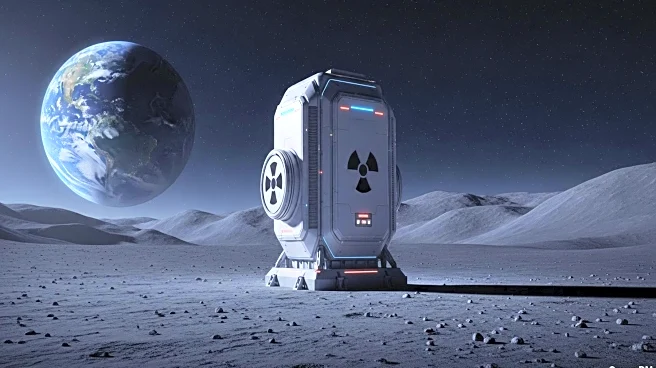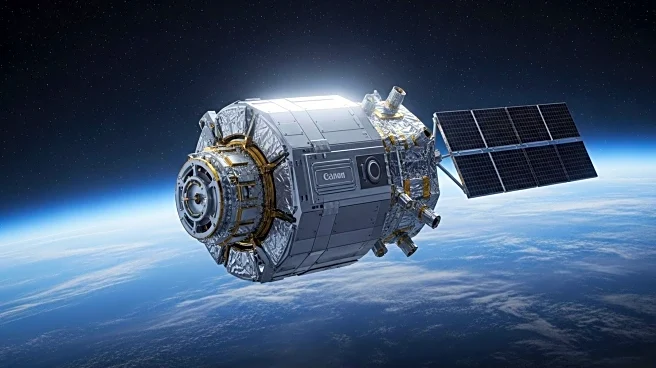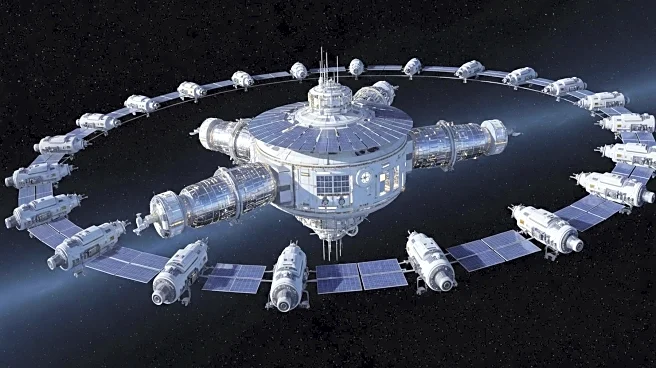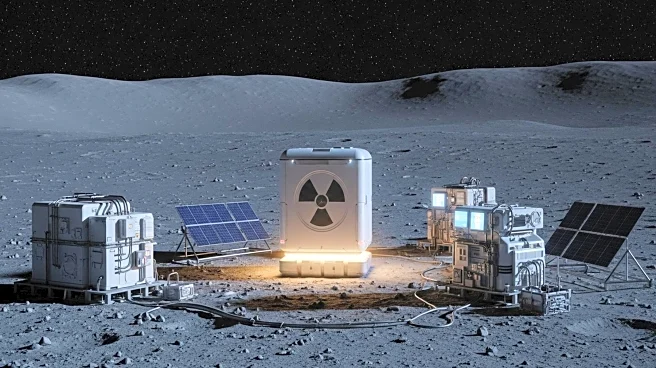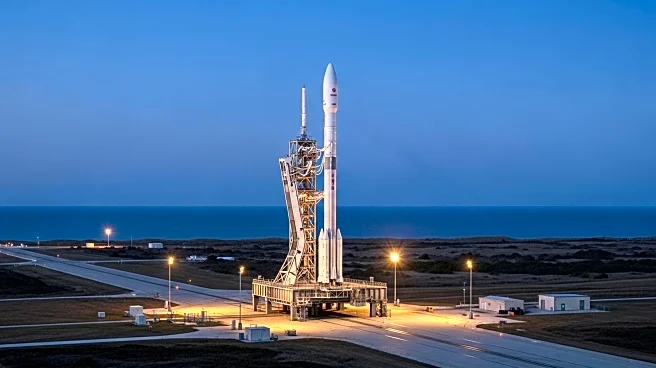What's Happening?
NASA is advancing its plans to develop a nuclear power system for the moon, focusing on commercialization through public-private partnerships. The agency released a draft Announcement for Partnership Proposals (AFPP) for its Fission Surface Power initiative, seeking industry input. The initiative aims to create a reactor capable of producing at least 100 kilowatts of power, ready for launch by 2029. The draft AFPP outlines NASA's preference for a closed Brayton cycle power conversion system, indicating a desire for scalable technology. Companies are encouraged to propose commercial approaches for the reactor's deployment, with NASA offering to purchase power from the system. The final version of the AFPP, including funding details, is expected by October 3, with awards anticipated by March 2026.
Why It's Important?
The development of a lunar nuclear power system is a strategic move to support sustained human presence on the moon. By leveraging commercial partnerships, NASA aims to accelerate the deployment of this technology, which is crucial for powering lunar bases and supporting scientific missions. The initiative reflects a broader trend towards commercialization in space exploration, potentially reducing costs and fostering innovation. The urgency of this project is underscored by international competition, with China and Russia also pursuing lunar nuclear power. Successful implementation could establish a robust commercial space nuclear sector, providing reliable power solutions for future space endeavors.
What's Next?
NASA will finalize the AFPP by October 3, detailing the funding and requirements for the lunar nuclear power system. The agency will then evaluate proposals, with awards expected by March 2026. Companies will need to present comprehensive business plans, including financing strategies and potential customer bases beyond NASA. The initiative's success will depend on the ability to integrate commercial and governmental efforts, ensuring the reactor's deployment and operation on the lunar surface by the end of the decade.
Beyond the Headlines
The push for lunar nuclear power highlights the growing importance of energy independence in space exploration. As missions extend beyond Earth's orbit, reliable power sources become critical for sustaining human activities and scientific research. The collaboration between NASA and commercial entities could set a precedent for future space projects, emphasizing the role of private industry in advancing space technology. This approach also raises questions about regulatory frameworks, safety standards, and the long-term sustainability of nuclear power in space.
